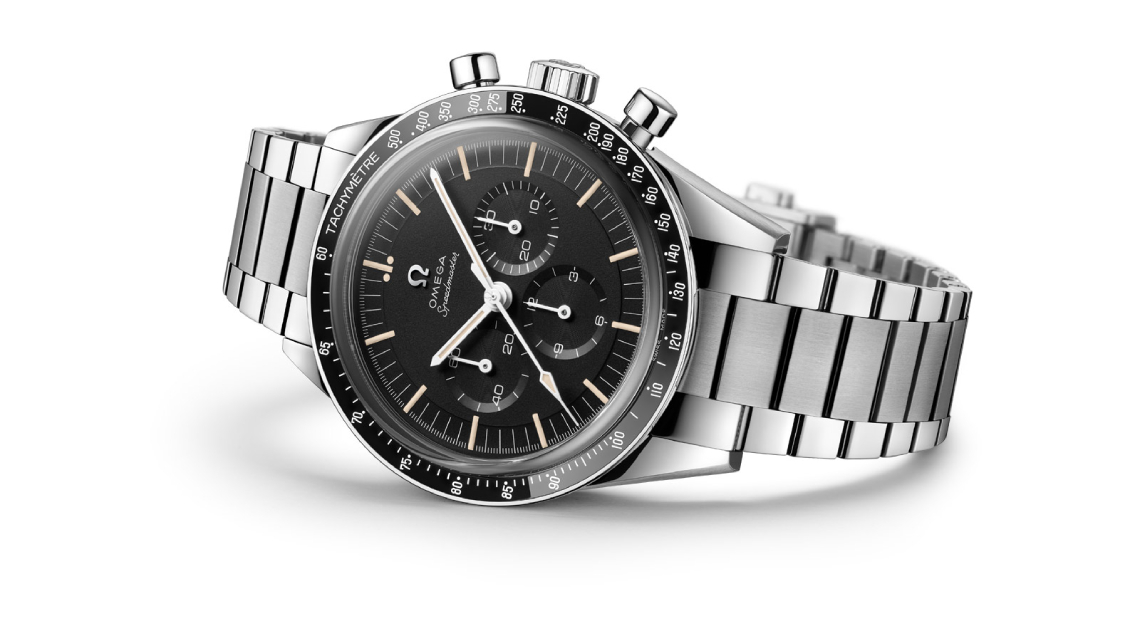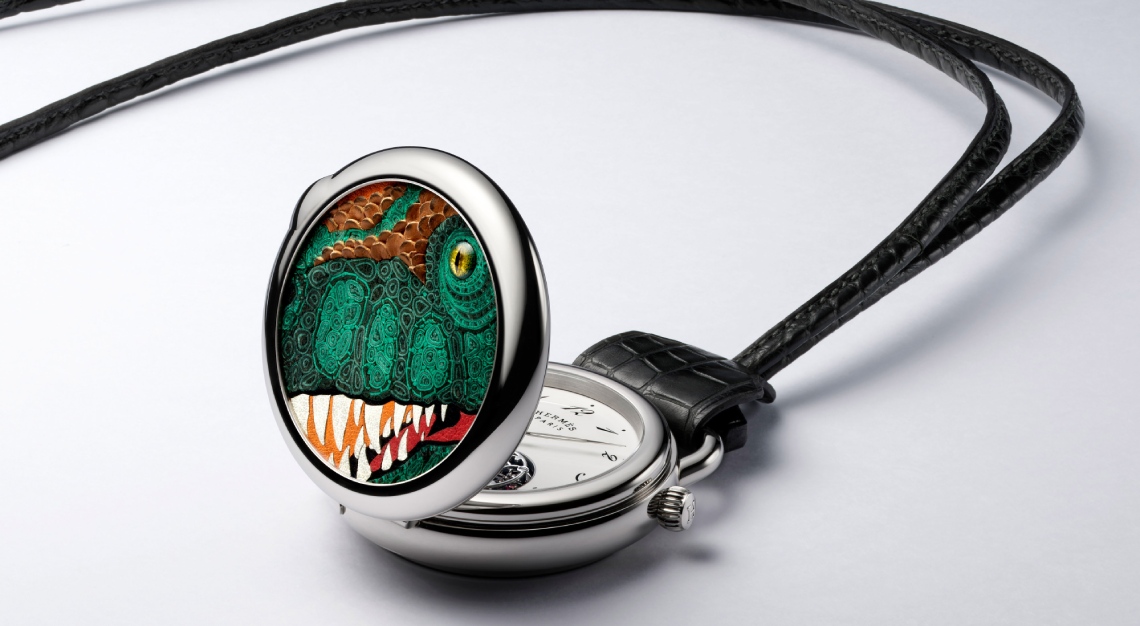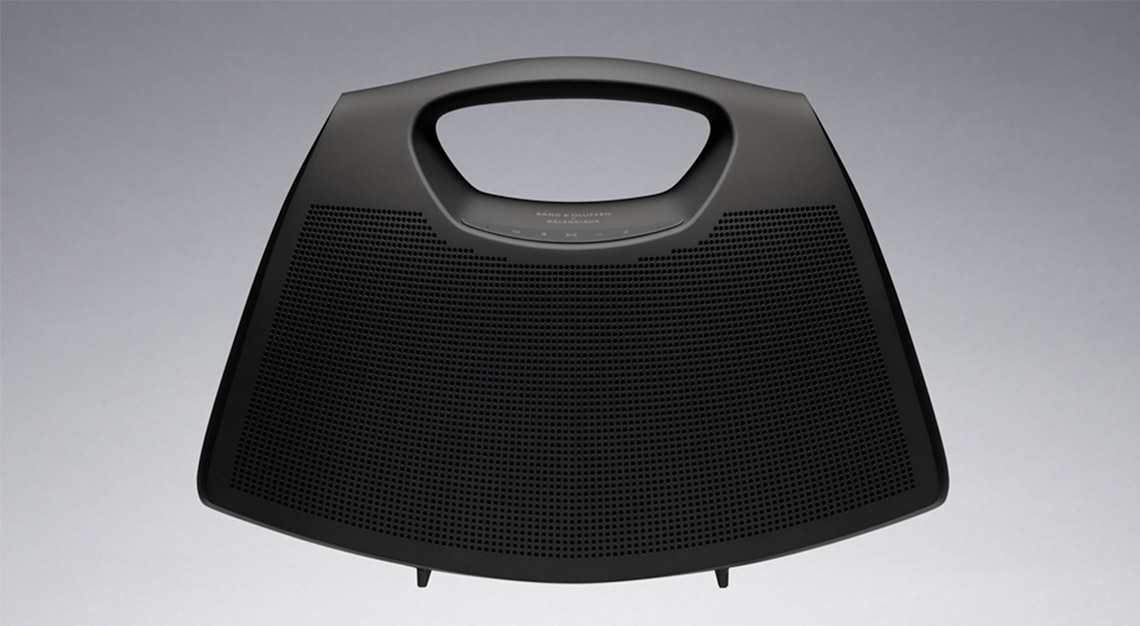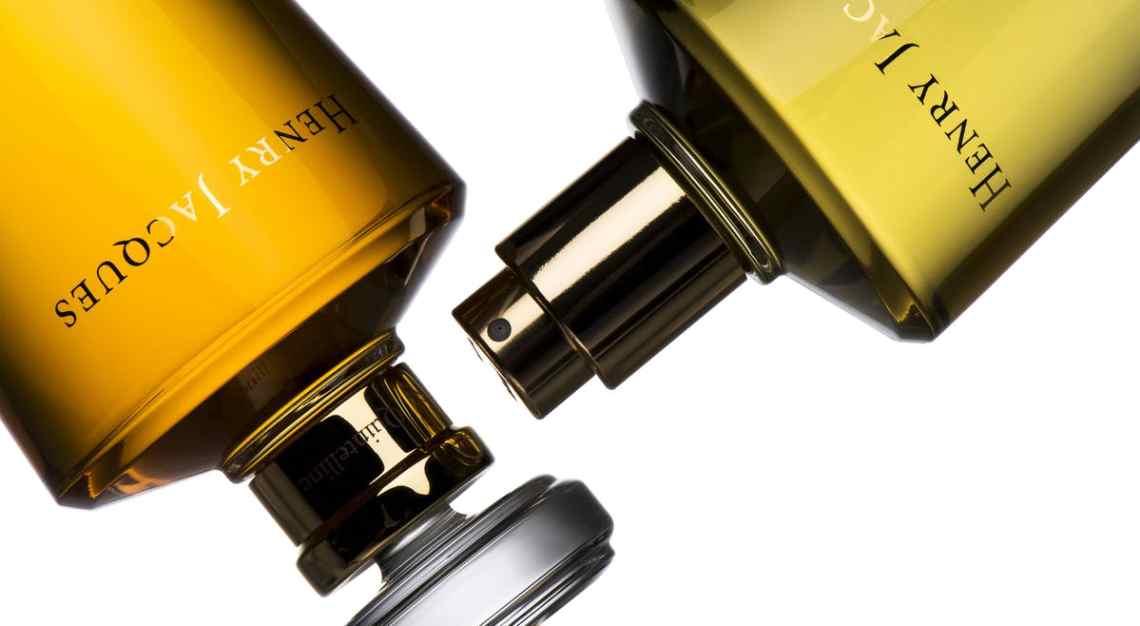The German designer tells us why the audio speakers aren’t meant to please everyone, and why he’s happy being under the radar
“Create an icon for our vision of sound”, went the design brief for the Bang & Olufsen BeoLab 90.
The speakers, intended as a present for the Danish electronics company’s 90th birthday, look spectacular, even by B&O’s lofty standards. The Bang & Olufsen BeoLab 90 takes its place in the pantheon of the maddest-looking speakers of all time.
Creating it, both from an audio engineering and design standpoint, was no easy task.
“It’s the most complex product we and Bang & Olufsen ever did,” says Andre Poulheim, one of the co-founders of Cologne-based design studio Noto, and one of the people behind the speaker’s radical form.

As with most incredibly complex objects, Poulheim states that “the brief was the simplest one we ever got” and “we had endless opportunities”. But, the only problem is that freedom, as George Orwell wrote in Nineteen Eighty-Four, is slavery.
“If you have a car, you know it needs to have four wheels, so you already have a starting point. But if you look at speakers, it could have any shape,” explains Poulheim.
The challenge, he adds, was “to find a solution that would provide an equally unprecedented visual experience. What we always try to do is think of what kind of experience we’re trying to deliver. We define the experience first and think of how to deliver it with its aesthetics and materials.”
And boy, did Poulheim deliver. Inspired by the facets of a chandelier’s crystals (a B&O focus group respondee named that as the favourite thing in her home), and the Frei Otto-designed tent-like roof in Munich’s Olympiastadion, pictures don’t do the Bang & Olufsen BeoLab 90 justice at all.

It shimmers and it seems to change shape when you walk around it, almost as if it was amorphous, like a jellyfish. And its mere presence, all 137kg of aluminium, wood and fabric, is just as imposing as you’d imagine. And that’s with it not powered on.
When it does come to life, well. With 18 discrete drivers per side, a 360-degree sound stage and an output of 8,200 watts, the results could almost shake the heavens.
Oh, and it also has something B&O calls “active room compensation” that can automatically adjust for the speaker’s position, the room’s acoustics, furniture and the listeners’ positions, to ensure that any seat is the best one in the house.
Exactly how the Bang & Olufsen BeoLab 90 achieves that is best left to those with a PhD in audio engineering, and trust me when I say there’s a lot going on underneath, what with built-in microphones taking a ‘snapshot’ of the room and adjusting the sound stage accordingly. Interestingly enough, Poulheim says one of the biggest design goals was all that moonshot technology should only be heard, not felt nor seen.

And why not, I put it to Poulheim. After all, considerable time and effort was expended in making the Bang & Olufsen BeoLab 90 a no-holds-barred assault on audio engineering.
“There was an era, when technology was growing, that it was important to communicate all that performance and power. These days we know that nearly anything is possible with technology, so the question shifts to how we can integrate it into our everyday lives,” asserts Poulheim.
He continues, “But it shouldn’t be that obvious. It’s just there and it should just work. Bang & Olufsen make products for everyday life, for social settings – it’s important that this technology is discreet and in the background.”
Is it beautiful, though? Well, let’s just say the Bang & Olufsen BeoLab 90’s appeal isn’t exactly universal, something even B&O acknowledges, “It will not be for everybody, but it will be for the right somebody.”


Says Poulheim, “For the BeoLab 90, we wanted to make it polarising, and that’s another way of making sure its design will last a long time. Even if people hate it, they’ll talk about it. As a symbol for Bang & Olufsen, it’s more important that people remember it, and less so that everyone likes it.”
But will Poulheim, and indeed, Noto, be remembered as the Bang & Olufsen BeoLab 90 will? His name and his partner at Noto, Thorsten Frackenpohl are but footnotes in the Bang & Olufsen BeoLab 90’s product page, buried in a tiny corner of the specifications section. It should also be noted that Poulheim and Noto don’t always receive credit for their work. A mobile Wi-Fi router from Huawei is a product of the minds at Noto.
This relative lack of recognition, however, does not bother Poulheim one bit. “I’m not the kind of person that enjoys the limelight. I just want to do my job right and with passion. If I can do it with passion, the results will be great.”






